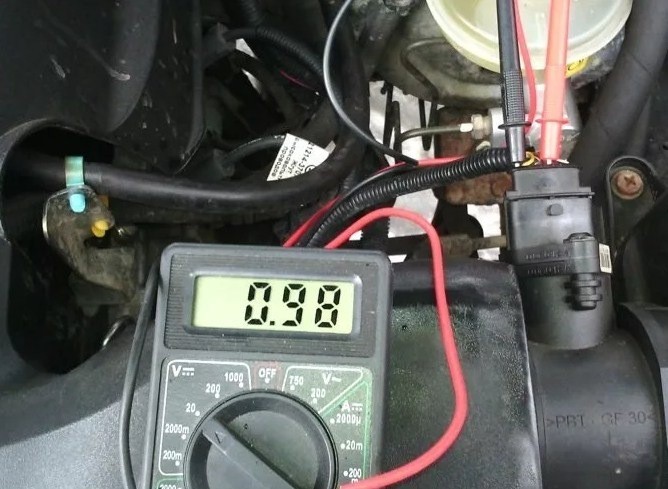
How are car wires protected from damage?
Your car's electrical system is one of its most important and most fragile components. Just by looking under the hood, you will see that there are a huge number of wires that connect electrical components together. Some go to the generator, others to accessories like windshield wipers, but all are connected to the engine - the source of energy. However, the motor generates a lot of heat, which can melt or destroy wires if they are not protected. Wires also face many hazards that can cause them to short out, stop working, and possibly even damage the motor or other parts.
As such, protecting automotive electrical wires and connections is vital to the overall performance and operation of any vehicle. Below are a few common ways car manufacturers protect wires from extreme conditions.
Understanding the dangers
Contrary to popular belief, heat is not the only condition that can damage electrical wires. In fact, both heat and extreme cold can cause wires to break or crack. Moisture is another element that can cause an electrical problem that needs to be diagnosed and fixed by a professional mechanic. In addition to the fact that it simply does not work, the possibility of fire is a serious concern.
Dirt and debris can also get on the wires, causing them to stop working or short out. In most cases when you have electrical problems in a car, the real problem is that the electrical connections are dirty. This creates a weak electrical connection. To reduce the chance of electrical problems, you need to know how to protect motor wiring for safety and performance.
Options for protecting electrical wires
Many wires come with insulation to protect them from hazards. One of the ways manufacturers protect electrical wires is to install special heat shields. They slip on and insulate the wires from overheating, which is an advantage as the engine area can get very hot. They act like a sleeve that fits over any conductive cover to provide more insulation. Another common problem that causes damage to electrical wires is sharp edges. To avoid splitting or fraying of wires, they must go through the grommet if they are near sharp edges or fiberglass. If the sheath on the wire is damaged or torn, it should be covered with duct tape to prevent further damage.
Properly securing electrical wires is another way to protect them from damage. The wires are often tied to a hard surface so they cannot move, cut, or wear out. If they are allowed to move, the connection can be loosened until no electricity flows to any component attached to the wire.
While most of these items are factory-designed to protect electrical wires, regular cleaning and maintenance under the hood can prevent many common electrical problems. Any time you have an electrical problem, it is recommended that you contact a professional mechanic who will come to your place and check the electrical problems.
